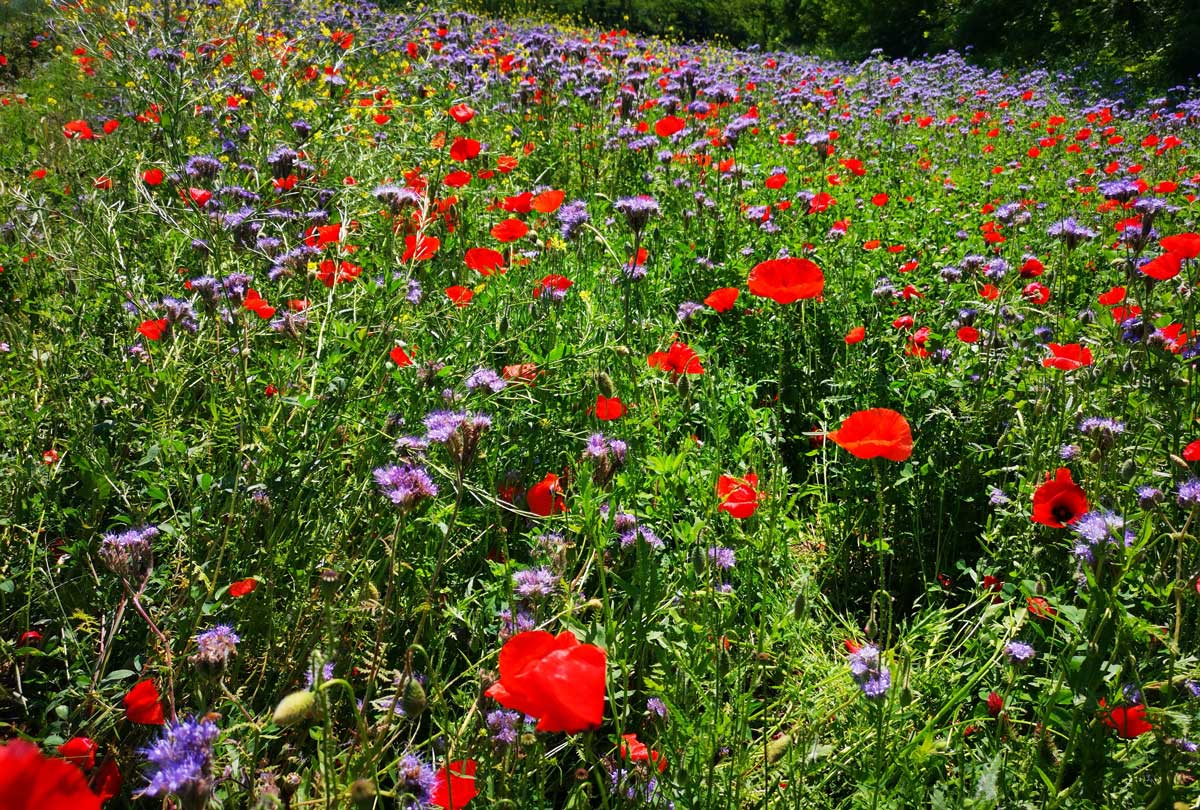The importance and role of pollinators in agriculture
Pollinators are of vital importance, not only for the environment, but also for all of us. For most of the food we consume, in fact, we have to thank these precious creatures. In particular, 80% of what we eat every day, without their hard and constant work, would not exist and the same also applies to many medicines that are produced with principles extracted from plants.
Bees are the most famous pollinators, but there are many others just as important that little or nothing is talked about. Butterflies, moths, bumblebees, beetles, but also bats and other small mammals… each of these species contributes to the growth and prosperity of entire ecosystems. Both natural and man-made ecosystems for cultivation and in both cases, pollination allows plants to continue to live and thrive.
The usefulness of pollinators in agriculture
Pollination, which consists in the transfer of pollen from the male to the female organs of plants, is the way in which plants reproduce themselves and is an essential prerequisite for the development of fruits and, obviously, also of seeds.
Pollination can occur thanks to the action of insects or small animals which, while feeding on the nectar of the flowers, transfer the pollen from one plant to another, or by the action of the wind that disperses it. Common grain crops such as wheat, rice, barley and oats use wind for pollination while most varieties of permanent crops. such as apples, it cannot depend on the wind to reproduce successfully and therefore needs pollinators.
In Europe, of the 264 cultivated species, 80% depend on the activity of pollinating insects (EFSA, 2009). Pollinators that allow an increase in the world annual monetary value of agricultural production of about 260 billion euros. Despite all this, most of today’s agricultural practices, in Italy and in the world, still – consciously – continue to contribute to the disappearance of pollinator populations and in their varieties of species, underestimating the consequences.
The decline of pollinators and what can be done
In recent decades, the number of pollinators has drastically dropped due to the loss of habitat available to these animals, exposure to pesticides used in agriculture and severe climate change.
Intensive agriculture, in fact, has changed the use of soils by altering the balances created by nature over millions of years of evolution. If we add to this the continuous use of pesticides (often called phytosanitary because they sound less harmful to our health as well) it is easy to understand why the survival of pollinators today is seriously at risk.
There would be solutions but, as always, unlike Nature, man thinks of short-term profit without worrying about future consequences. A more sustainable approach to agricultural practices could slow, if not stop, this decline. More incisive public policies are needed to improve pollinator habitat and, consequently, agricultural productivity.
For example, by providing greater incentives for organic farming which prohibits the use of chemical pesticides and herbicides or, even better, regenerative agriculture which, inspired by permaculture, aims to build resilient agricultural systems capable of restoring the biodiversity of the landscape. Private initiatives, such as that of Savingbees, are also useful in slowing the decline of pollinators.
Savingbees oasis to save pollinators
The Savingbees beekeeping oasis was born with an ambitious goal: to restore the biodiversity and habitats that pollinators need and, consequently, reverse their decline. The oasis is a wonderful and undisturbed wild place. A place where these small animals can find not only the perfect place to nest, but also a constant source of food when the dominant agricultural crops in the area are not in bloom. In short, a flowery paradise where pollinators (and others) can live together protected, happy and in complete safety.

